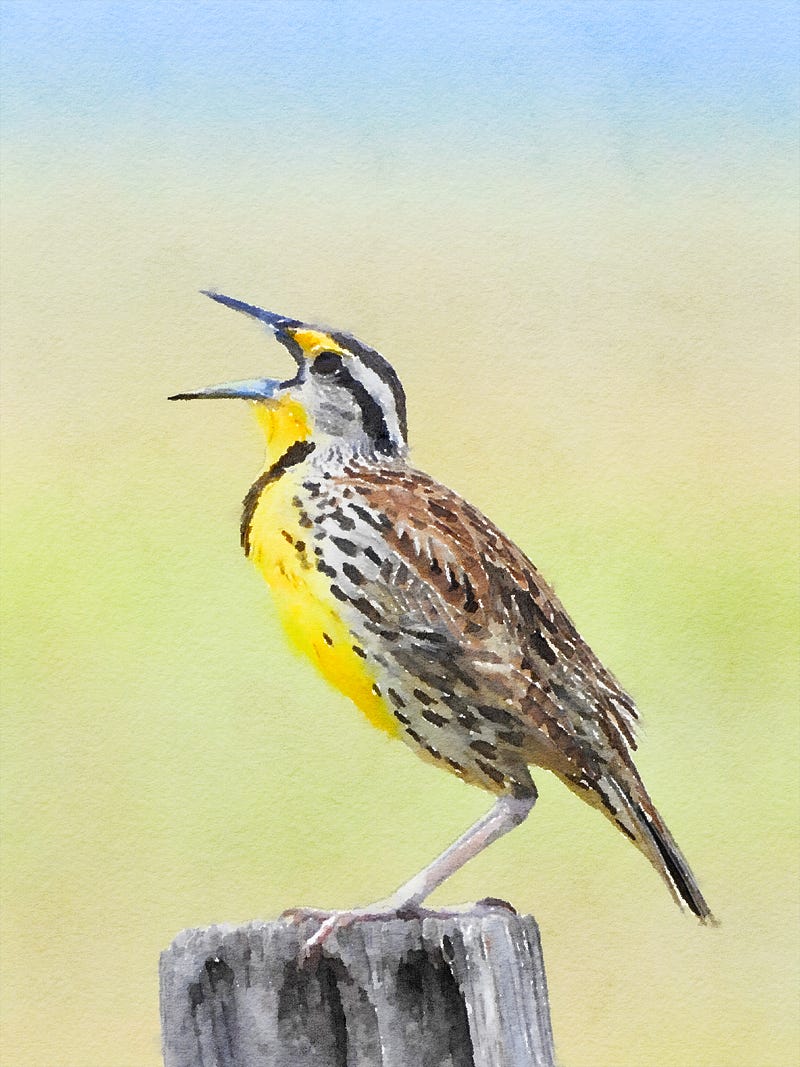Listening to Nature: Rachel Carson's Call to Awareness
Written on
Chapter 1: The Art of Listening
Rachel Carson once stated, “The game is to listen, not so much to the full orchestra as to the separate instruments, and to try to locate the players.” This quote encapsulates her belief in the necessity of tuning in to the individual voices of nature, rather than merely hearing the collective sounds.

In 1992, philosopher Christopher Manes penned a significant essay titled “Nature and Silence,” where he contended that contemporary Western culture has lost the capacity to truly hear nature. We have become captivated by a dominant myth that portrays humans as the sole bearers of consciousness and intelligence. In this view, plants, animals, and the larger environment are merely 'resources' valued only for their usefulness to humanity.
This entrenched belief in a 'silent nature'—rooted in Enlightenment thought regarding human superiority—has justified the exploitation of the Earth, which is seen as voiceless.
Influential thinkers during the Renaissance and Enlightenment, such as Francis Bacon, John Locke, and René Descartes, posited that our ability for 'rational speech' not only distinguishes us from nature but also elevates us above it. As this perspective gained traction, nature was muted.
Section 1.1: The Birth of Environmental Consciousness
By the early 1960s, the notion of a silent nature had long been used to rationalize the extraction and destruction of the environment. However, in 1962, Rachel Carson released Silent Spring, a groundbreaking book that is credited with launching the modern environmental movement. This work exposed the catastrophic impacts of pesticides like DDT on ecosystems.
Carson painted a haunting image for her readers: one day, we might awaken to a world devoid of the familiar sounds of nature, such as birds singing or insects buzzing, which we had come to take for granted. In our arrogance to dominate nature, we risk annihilating it—and ourselves—through a relentless tide of toxic repercussions that we fail to acknowledge.
Despite facing ridicule and accusations of being “hysterically over-emphatic” and “more emotional than accurate,” Carson's message resonated with the public. She highlighted how our refusal to listen to the natural world was leading to our own demise, encapsulated in her poignant term: “death-by-indirection.”
In the video "Writing wrongs | Rachel Carson, Silent Spring," explore the profound impact of Carson's work on environmental awareness and activism.
Section 1.2: Relearning to Listen
Carson's Silent Spring sought to awaken society to the dangers of ignoring nature’s voice. In her later work, The Sense of Wonder: A Celebration of Nature for Parents and Children, she provided readers with guidance on how to reconnect with nature's messages.
Subsection 1.2.1: Cultivating Conscious Listening
Carson emphasized that true listening requires deliberate practice. She noted, “Hearing can be a source of even more exquisite pleasure but it requires conscious cultivation.” She recounted instances where individuals had never noticed the enchanting song of a wood thrush, even though it serenaded them each spring. By modeling and discussing the sounds of nature, we can help children appreciate the rich symphony of the Earth—be it the rumble of thunder, the whispers of the wind, or the gentle flow of a stream.
Subsection 1.2.2: The Magical Release of Listening
Listening to the wind, whether it sweeps majestically through a forest or creates a chorus around our homes, can provide us with a magical escape for our thoughts. We can feel the rain on our skin and reflect on its extensive journey from ocean to atmosphere to land.
Subsection 1.2.3: Nature for Urban Dwellers
Even in urban environments, one can find pockets of nature—perhaps in a park or a community garden—where we can observe the seasonal changes and the migration of birds. Together with our children, we can marvel at the growth of a seed, even if it’s just one planted in a pot on the kitchen windowsill.
Chapter 2: Celebrating Our Connection to Nature
For those interested in further exploring the themes of environmental writing and the art of listening, consider the video "Celebrating Earth Day and Rachel Carson in Woods Hole." This presentation dives deeper into Carson's legacy and the ongoing importance of environmental stewardship.
In this video, you'll discover how Rachel Carson's work continues to inspire environmental action and appreciation for the natural world.